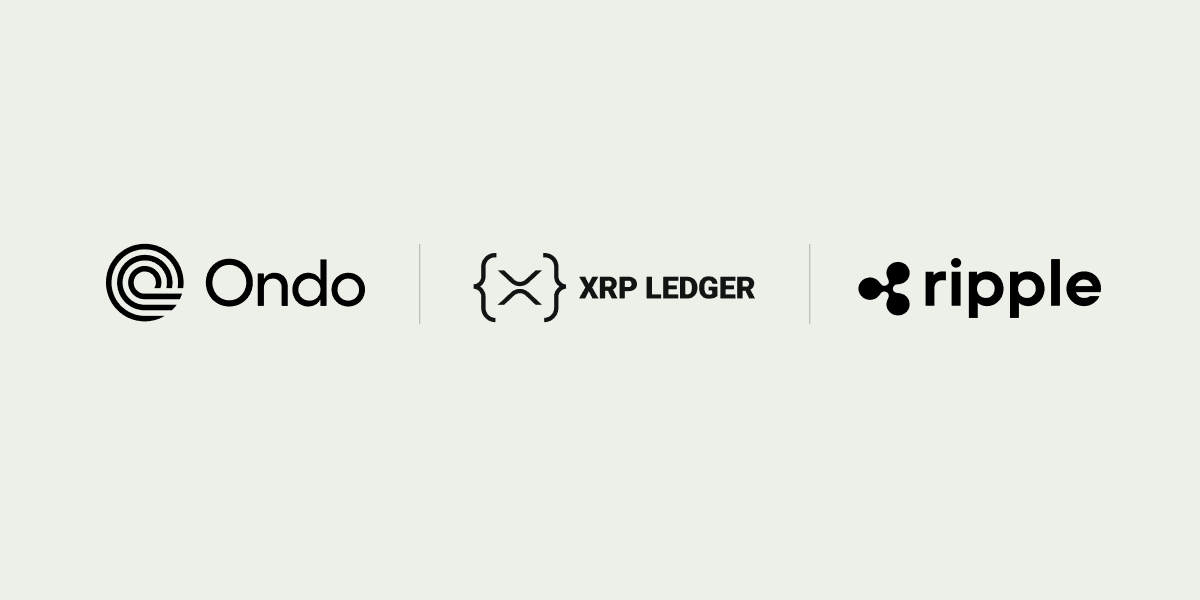As discussed in the first of this three-part series, progressive regulation has helped the digital asset market thrive in countries like Japan. This is despite setbacks, such as the Mt Gox hack, that had many people calling for an outright ban.
Like Japan, Thailand’s Central Bank, the Bank of Thailand (BOT), was reacting to market demand for digital assets when it moved decisively in 2018 to protect its consumers and institutions, by banning banks from offering services to digital asset exchanges. Then, just a few months later, the Thai government switched course and announced progressive regulations designed to encourage investment and innovation.
With ambitions to be the fintech hub for the ASEAN region (Association of Southeastern Asian Nations), Thailand’s government had recognized the importance of finding balance — creating a framework for digital asset regulation that addresses risk while also supporting innovation. It chose not to regulate the technology, just how it’s being used.
Abu Dhabi Global Markets (ADGM) also recently launched a thoughtful digital asset market framework, but for different reasons than Thailand. Rather than in response to market demand, ADGM’s policy makers took a top-down approach, to make the region a digital asset hub for the Middle East.
Though Thailand and ADGM took different paths to regulation, both have reached positive outcomes. Let’s look more closely at each case and see what other countries and regions can learn from their experience.
Thailand’s path from protection to promotion
For more than a decade, Thailand has encouraged investment and education in technology. This creation of a tech-literate society resulted in a lot of interest in the burgeoning digital asset market from both consumers and exchanges.
The government started to worry that people were investing in volatile markets, while the country’s banks could be exposed by fraudulent or flaky Initial Coin Offerings (ICOs). This is why the BoT implemented its ban initially.
But at the same time, Thailand was working hard to formulate official policies for the digital asset market. Just a few months later in May 2018, these progressive regulations were announced in a royal decree.
According to the Thai government’s decree, virtual currencies are classified as digital assets, while the country now has a framework for licensing exchanges. The regulations also include protections for consumers as well as for financial organizations like banks, who are now required to form subsidiaries for dealing with ICOs as a buffer against losses.
Thailand is already seeing an increase in retail and institutional participation in the digital asset market, including foreign investors. Further, the government’s pragmatic and collaborative approach has gradually helped to evolve policies that protect consumers and financial institutions, while positioning Thailand as ASEAN’s premier digital asset hub.
ADGM’s comprehensive crypto framework
By contrast, Abu Dhabi had little market demand for digital assets, either from consumers or organizations. But ADGM – an international financial center based in one of the city’s free zones – has a goal of becoming the Middle East’s fintech hub and a proactive approach to digital asset regulation is a key element of this plan.
Without the need to react to market risks, ADGM policymakers have taken a thoughtful approach and spent a lot of time learning from the experiences and mistakes of other regulators. The result is the most comprehensive digital asset regulation framework in practice today.
All digital asset activities are subject to high standards but dealt with on a case-by-case basis, depending on the nature of the product and service. When it comes to risk, ADGM goes way beyond simply addressing anti-money-laundering and counter-terrorist financing by tackling technology governance, anonymous currencies and custody management. The regulation also provides guidance to banks and other institutional on leveraging digital assets.
From a standing start ADGM has created a digital asset framework for promoting innovation and protecting customers that is completely in-line our three-pronged perspective at Ripple.
The time is right for a global standard
New technologies usually follow a classic innovation cycle. Take the Internet, for example. Early adopters recognized its potential and started using it in a variety of different ways. But as it grew, policymakers and the public started worrying about the risks and calling for bans. Eventually, regulation was introduced like the 1996 Telecommunications Acts in the U.S. to mitigate risks and encourage new entrants.
Thailand’s adventure in cryptocurrencies has followed this cycle from early demand through a reactionary ban to positive regulation. ADGM has skipped straight to stage three and is generating market interest with a framework that balances risk and innovation. Other countries and regions can learn from them, whether they’re reacting to existing demand or want to create it with top-down policies.
But we must go one step further. Digital assets are global by nature, and we need more global coordination for managing this transformative financial technology.
In the third and final post in this series, learn why the world should not wait until the digital asset market is large enough to impact financial stability before introducing regulation and better understand why a much-need global agreement around digital asset regulation is possible.
For more on this topic, please see my recent byline on “The Paths to Crypto Asset Regulation and Innovation” on Fintechpolicy.org.







